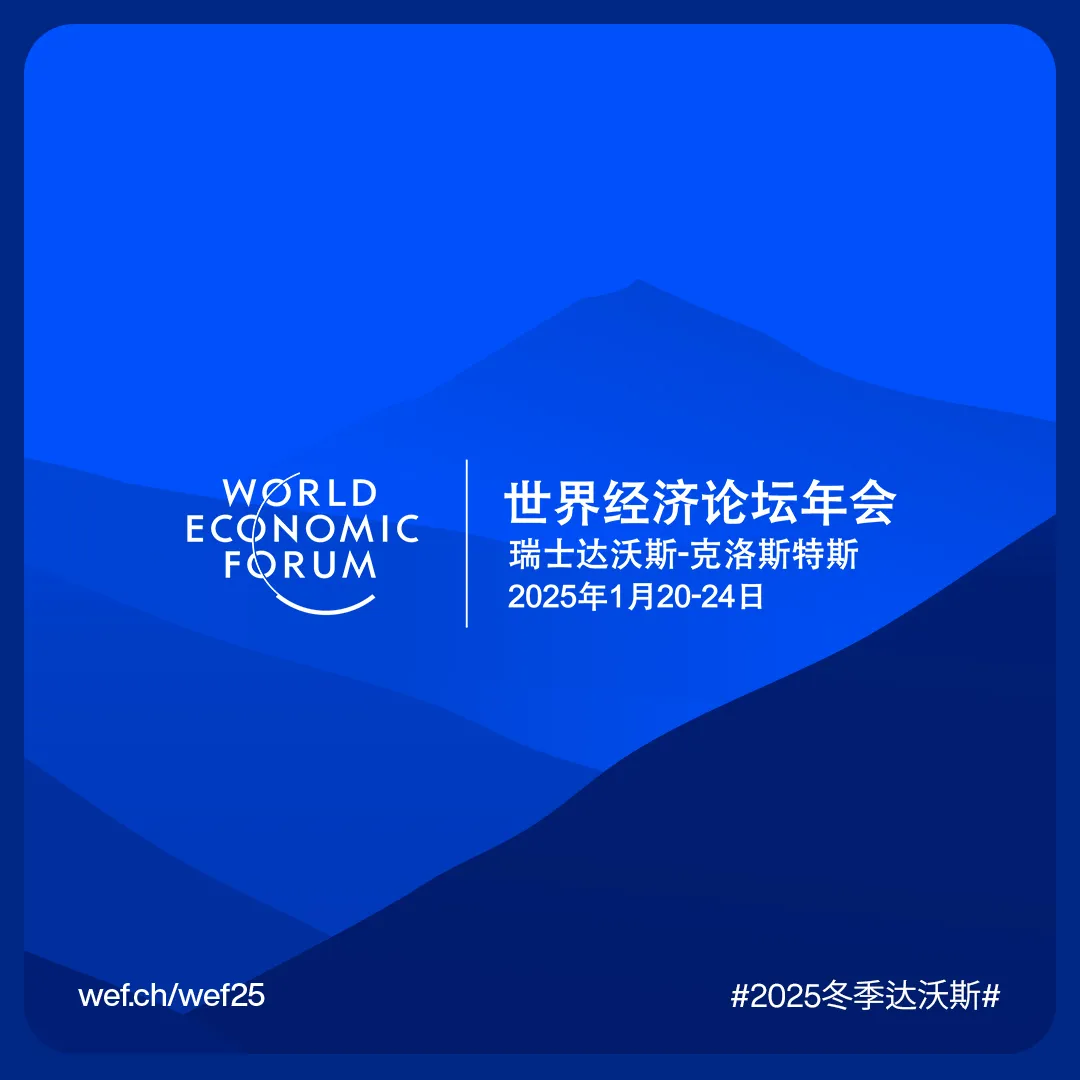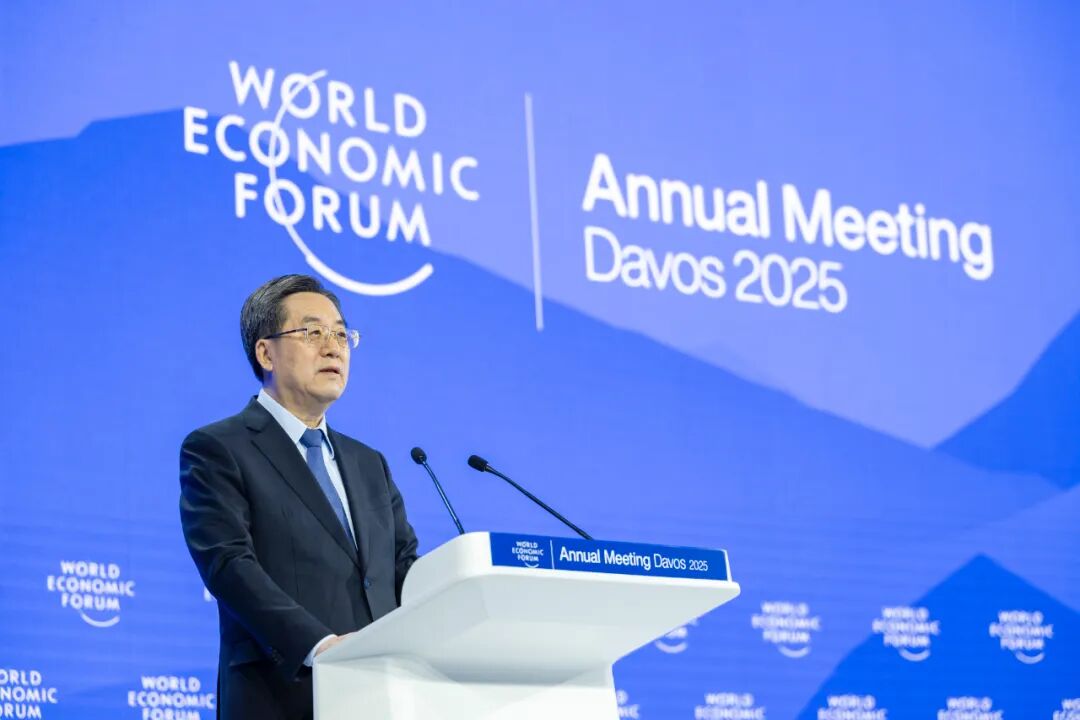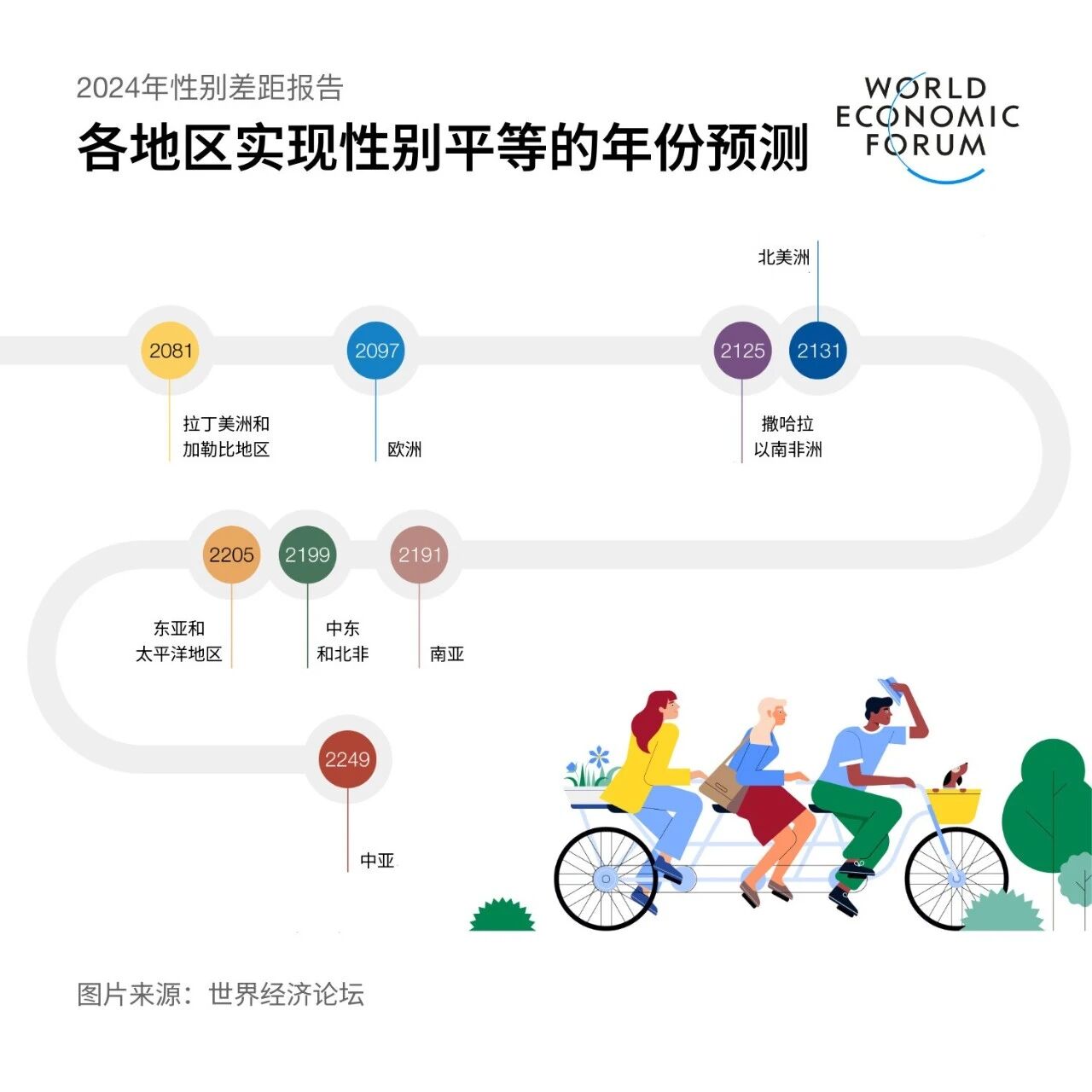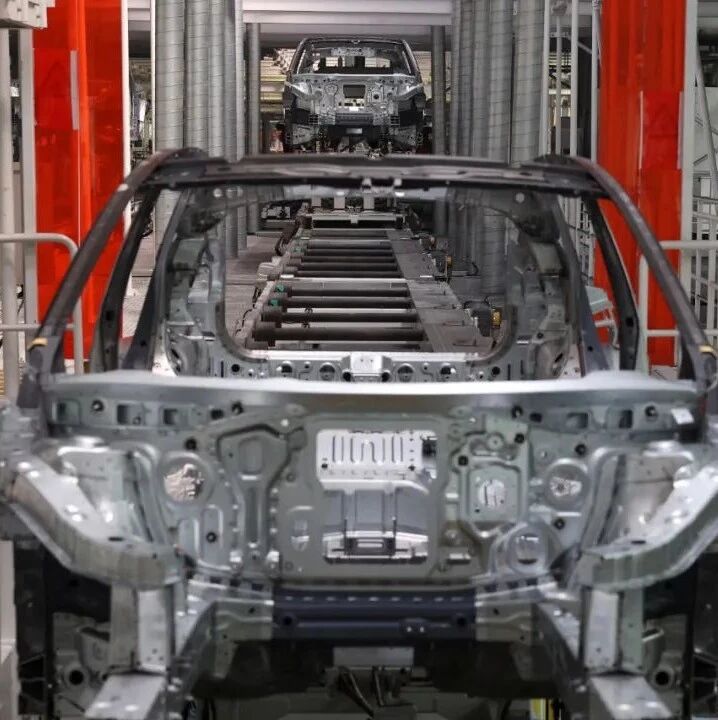Home/News/Ding Xuexiang's Special Address at the World Economic Forum Annual Meeting 2025 (Full Text)/
Ding Xuexiang's Special Address at the World Economic Forum Annual Meeting 2025 (Full Text)
2025-01-22
,,,,:
,,,,,1995,5.8%,202330.41995—2022,16%32%,,,The green transition is the overarching global development trend and the fundamental solution to tackling climate change. The international community must work together to accelerate the energy transition in a fair, orderly, and just manner, safeguarding the stability of the new-energy industry chain while promoting green products and technologies. Addressing climate change requires sustained commitment, ensuring coherence between environmental, climate, and trade policies. We must avoid allowing economic and trade tensions to slow down the green transformation process, and we should refrain from erecting "green barriers" that could disrupt normal economic and trade cooperation.Security and development are mutually reinforcing and promote each other. Currently, several international hotspots remain unresolved, severely undermining global peace and stability. We must uphold the principle of pursuing security through cooperation and fostering peace by engaging in dialogue, resolving disputes, and bridging differences. Together, we should embrace a new path to security—one characterized by dialogue rather than confrontation, and partnership rather than alliance. Furthermore, we support the United Nations and its Security Council in playing a more significant role, as well as all efforts that contribute to peacefully resolving crises.Ladies and gentlemen, friends!China is a key engine driving global economic growth, and whenever issues are discussed at Davos, attention invariably turns to China. Taking this opportunity, I’d like to briefly introduce several major, trend-setting characteristics of China’s economy.The first major trend is the solid advancement of high-quality development, which has emerged as a standout highlight of China’s economy. Over the past year, China’s economy maintained overall stability while making steady progress, with GDP growth reaching 5%—a pace that placed it among the leaders of the world’s major economies. Despite facing numerous challenges and headwinds throughout the year, China strengthened its counter-cyclical policies, particularly by ramping up a comprehensive package of additional measures. These efforts effectively boosted the housing market, stock markets, consumer confidence, and broader market expectations, helping to kickstart a sustained economic recovery.The challenges facing China’s economy stem both from the broader external environment and from the inevitable growing pains associated with its own economic restructuring. Despite these difficulties, we remain steadfast in our commitment to promoting high-quality development. As a result, new industries, business models, and growth drivers are rapidly emerging—playing a crucial role in helping us navigate these economic challenges. Last year, I conducted multiple field visits across China and witnessed firsthand the remarkable progress in shifting from old to new growth engines. From thriving emerging sectors to cutting-edge future industries, innovative productivity is gaining momentum at an accelerating pace. Among the companies I visited—ranging from private enterprises to foreign-invested firms, and spanning traditional manufacturing to the digital economy—everyone expressed strong confidence in the country’s long-term prospects for growth.This year, China will further strengthen its macroeconomic policies by implementing a more proactive fiscal policy and a moderately accommodative monetary policy. The country will vigorously boost consumption, enhance investment efficiency, and foster the integrated development of technological and industrial innovation. Additionally, efforts will be made to promote the healthy and stable growth of capital markets, stabilize the real estate sector, and effectively manage and mitigate local government debt risks—ensuring that the economy achieves both qualitative improvements and sustainable, balanced growth in terms of quantity.
A stable and healthy Chinese economy will continue to inject strong momentum into global economic development, benefiting the world at large.The second major trend is the accelerated global shift toward green, low-carbon development—a defining feature of China’s economy. China is actively working to peak carbon emissions before 2030 and achieve carbon neutrality by 2060. Since 2012, China has seen cumulative reductions of over 26% in energy consumption per unit of GDP and more than 35% in carbon intensity. Today, renewable energy now accounts for over 35% of the country’s total electricity generation.
China has also built the world’s largest and most comprehensive new-energy industry chain, supplying 70% of global photovoltaic modules and 60% of wind power equipment. These high-quality production capacities are playing a critical role in supporting global green development and helping countries tackle climate change.
Meanwhile, China’s circular economy is gaining significant momentum. For instance, a Chinese company has leveraged advanced materials technology to produce polyester fibers: eight plastic bottles can yield enough fiber to make one T-shirt, while 28 bottles can produce a single outdoor jacket. This innovative process allows the company to recycle more than 30 billion plastic bottles annually, delivering both ecological and economic benefits simultaneously.China’s pursuit of a green transformation is a long-term strategy, by no means a short-term fix. No matter how the global landscape evolves, China’s unwavering commitment and proactive actions to tackle climate change will remain unchanged. We will persistently work in tandem to reduce carbon emissions, curb pollution, expand green initiatives, and foster sustainable growth. At the same time, we will accelerate the comprehensive green transition of our economy and society, staying true to the goals and principles outlined in the United Nations Framework Convention on Climate Change and its Paris Agreement, thereby making an even greater contribution to the global effort against climate change.The third major trend is China’s relentless drive to advance reform and opening-up to even higher levels—this remains the very source of vitality for China’s economy. It was through reform and opening-up that China has made remarkable strides to keep pace with the times, and it is still this same spirit of reform and opening-up that will pave the way for a new era of Chinese-style modernization.
Last July, the Communist Party of China held its Third Plenary Session of the 20th Central Committee, laying out a comprehensive roadmap for further deepening reforms across the board and accelerating China’s journey toward modernization. The session proposed over 300 key reform initiatives, with a clear commitment to completing these tasks by 2029—the 80th anniversary of the founding of New China.
Moving forward, we will continue building a high-standard socialist market economy system, fostering a more equitable and dynamic market environment. This will help us achieve optimal resource allocation and maximize economic efficiency and benefits.Openness is a defining feature of China's path to modernization. Looking at foreign investment, in 2013 we established the Shanghai Pilot Free Trade Zone and introduced China’s first Negative List for Foreign Investment Access, which initially contained 190 items—now reduced to just 27. Last year, China completely eliminated all remaining restrictions on foreign investment access in the manufacturing sector, while also implementing a negative-list approach to cross-border trade in services. Key sectors such as telecommunications, internet, education, culture, and healthcare are steadily expanding their openness in an orderly manner.
In terms of foreign trade, China does not pursue trade surpluses; instead, we actively seek to import more high-quality, competitive products and services from around the world, fostering balanced trade growth. Today, China’s overall tariff level has been lowered to 7.3%, placing it among the lowest globally. Moreover, we extend zero-tariff treatment to 100% of product categories originating from the least developed countries that have diplomatic relations with China.
We’ve also taken proactive steps to boost imports, hosting the China International Import Expo for seven consecutive years, during which China’s import volume has consistently ranked second globally.
From the perspective of the business environment, multinational corporations are particularly focused on areas such as intellectual property protection, equal participation in government procurement, cross-border data flows, and access to factors of production, qualifications, licenses, and standards-setting processes. In response, we’re continuously refining our related systems and policies to address these concerns comprehensively.
It’s worth noting that both domestic and foreign enterprises share similar priorities in this regard. Our stance is clear: we treat all businesses equally and ensure fair competition. Take government procurement as an example—under relevant laws and regulations, domestically produced goods, regardless of whether they come from domestic or foreign suppliers, are guaranteed equal rights to participate in government procurement activities.
Of course, in practice, some companies—whether foreign or domestic—may occasionally encounter specific challenges, such as "glass doors" or "spring-loaded barriers." We remain genuinely committed to working collaboratively with everyone to resolve these issues.
China’s door to openness will never close—it will only open wider and wider, and our business environment will continue to improve significantly. We warmly welcome more foreign companies to invest and thrive in China, seizing the numerous opportunities the country has to offer and achieving even greater success together.Ladies and gentlemen, friends!China's vibrant Spring Festival is just around the corner. As the new year begins, everything takes on a fresh start and renewed energy. Let’s pick up where we left off in Davos, reaffirming our commitment to multilateralism, fostering open and inclusive growth, and working together to build an even brighter future.Finally, we wish this year’s conference a complete success!

Feel free to share this in your WeChat Moments; please leave a comment at the end of the post or on our official account if you’d like to republish.
The World Economic Forum is an independent and neutral platform dedicated to bringing together diverse perspectives to discuss critical global, regional, and industry-specific issues.
Follow us on Weibo, WeChat Video Accounts, Douyin, and Xiaohongshu!
"World Economic Forum"




